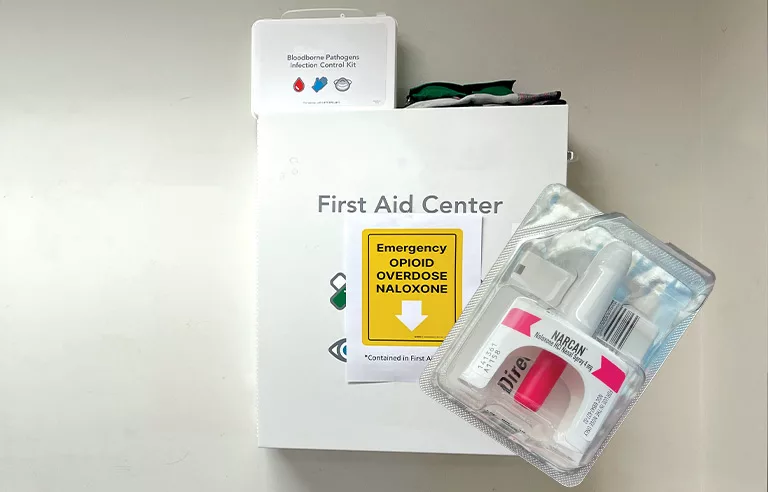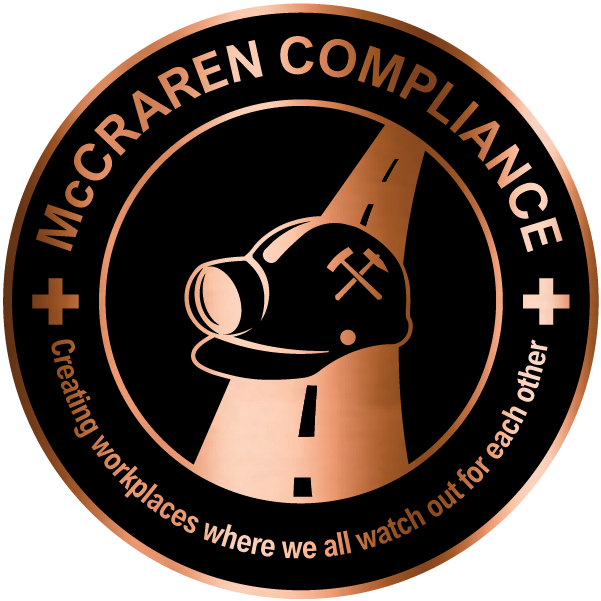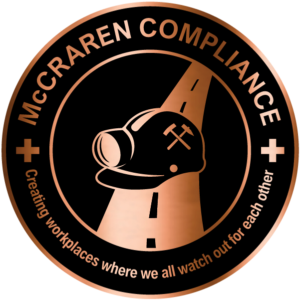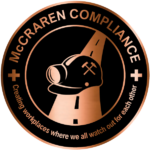
Unintentional overdose deaths in the workplace involving drugs or alcohol have increased more than 600% since 2011, according to Injury Facts – an online source of preventable death and injury statistics compiled by the National Safety Council.
In 2023, overdose deaths totaled 512, which was 9.7% of all workplace deaths that year.
Is your workplace ready to respond to an overdose emergency?
Keeping naloxone – an opioid overdose reversal medication – in your first aid kit and training workers on how to use it in an opioid overdose emergency “makes all the difference to an overdose victim’s survival,” NSC says.
Signs and symptoms of an opioid overdose can include:
- Unresponsiveness
- Slow, shallow or difficulty breathing
- Pinpoint pupils that don’t react to light
- Seizures
- Cold or clammy skin
- Blue/gray lips and skin
- Blue nail beds
Call 911 immediately if you suspect someone has overdosed. Then, get the first aid kit or ask someone to get it for you. Begin giving naloxone as quickly as possible as you wait for emergency responders to arrive. Place the nozzle in one of the victim’s nostrils and press the plunger firmly, then check to see if they’re breathing. If the victim is breathing, roll them onto their side and into the recovery position. If they aren’t breathing, start CPR and use an AED when available. If the person remains unresponsive, give a second dose two to three minutes later.
By that time, you may have completed two to three cycles of CPR, NSC says.
Use the other nostril when giving a second dose of naloxone. Stay with the victim and check for responsiveness and breathing until emergency responders arrive.
Aug. 31 is International Overdose Awareness Day. Go to overdoseday.com to learn more.
McCraren Compliance offers many opportunities in safety training to help circumvent accidents. Please take a moment to visit our calendar of classes to see what we can do to help your safety measures from training to consulting.
Original article published by Safety+Health an NSC publication


